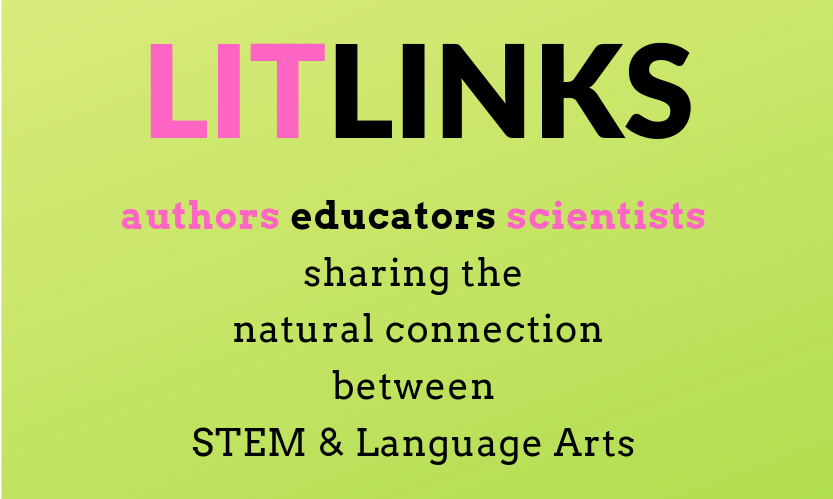
GUEST BLOGGER LINDA ZAJAC
Objective
Students will learn about biomimicry and be able to design and write a story about a robot that mimics animal motion
What your students need to know
In labs across the world, engineers are building robots that move like animals. These amazing machines creep, leap, skitter, scuttle—and even dance! By mimicking nature, we can improve the way we work and develop new products and materials.
Biomimicry is the term for human-made designs that imitate those found in nature. Plants and animals have had thousands—or sometimes even millions—of years to evolve. Through this gradual process of change, species with traits that help them survive live longer lives and pass on those helpful traits to their young. Little by little, plants and animals change in ways that help them flourish in their environments. With robo-motion and biomimicry, we can learn from nature to expand what we can do. We can save money, time, energy, and lives.
Materials
- Robo-Motion by Linda Zajac (Millbrook Press, 9/2021)
- paper – lined and blank
- Pencils, crayons, markers, colored pencils
- copies of the robot design sheet (below)
Research, observe, draw
- Read Robo-Motion to the class.
- Ask the class what animal they’d mimic if they wanted to build a robot that could . . .
- dig a tunnel?
- climb a tree?
- dive?
- squeeze?
- Hand students an empty sheet of lined paper. Individually or in pairs, ask them to choose an animal that isn’t in the book.
- Ask students how the animal moves?
- Ask them to write a sentence in this form: VERB-1 like a ANIMAL. (Ex: Scuttle like a crab)
- Optional:
- Ask students where the animal lives.
- Ask students to come up with another verb to describe how the animal moves. If they can’t think of anything have them use “moving.”
- Write a second sentence in this form: VERB-2 in the HABITAT. (Ex: moving/swimming in the sea).
Designing the robot–appearance
Tell students they will be designing a robot that moves like the animal they chose in the previous exercise. On the robot design sheet, ask them to write down their name, the animal, and how the animal moves.
- Ask students to name their robots and write that name on the sheet.
- When engineers build robots, machines, and buildings, they look at different materials and choose the best one for the job. Materials have different properties. Some are hard and some are soft. Others are strong, lightweight, stretchy, or bendable. A robot that flies will be made of different material than robots that move on land or in the sea. Ask students to think about their robots, how they will move and where? What material wll work best? Metal, rubber, plastic, wood, paper or cloth? Have students record their choice(s) on the design sheet.
- Ask them to think about the size and color of their robots and fill in those details on the sheet.
- Optional: Older students can add more details like height, weight, speed, and how the robot is powered.
Designing the robot–function
- Scientists build robots to solve problems and improve the way we work. Ask students to think about what kind of job their robot could do. Have them fill in their robot’s mission.
- Ask students to brainstorm by making quick sketches of three different designs for their robots. Have them select the best design and draw a finished model of their robots, adding color if time allows.
- Write a story
- Ask students to think about a problem their robot might encounter. Have them write a sentence or a story about their robot trying to accomplish its mission. Tell them to use the information on the design sheet.
Featured image courtesy of Biorobotics in 3Dnatives.
Linda Zajac is an award-winning science writer and the author of six Minecraft books for kids. She’s a former computer programmer and systems designer and the recipient of the PEN New England Susan P. Bloom Children’s Book Discovery Award and Connecticut’s Tassy Walden Award. She writes about cutting-edge science, technology, and biotechnology and how they’re used to advance medicine, study wildlife, and protect the environment.
- Website: www.lindarosezajac.com
- Facebook: Linda Zajac and Linda Zajac-Science Writer
- Twitter: @LindaZajac
- Instagram: @Linda.Zajac



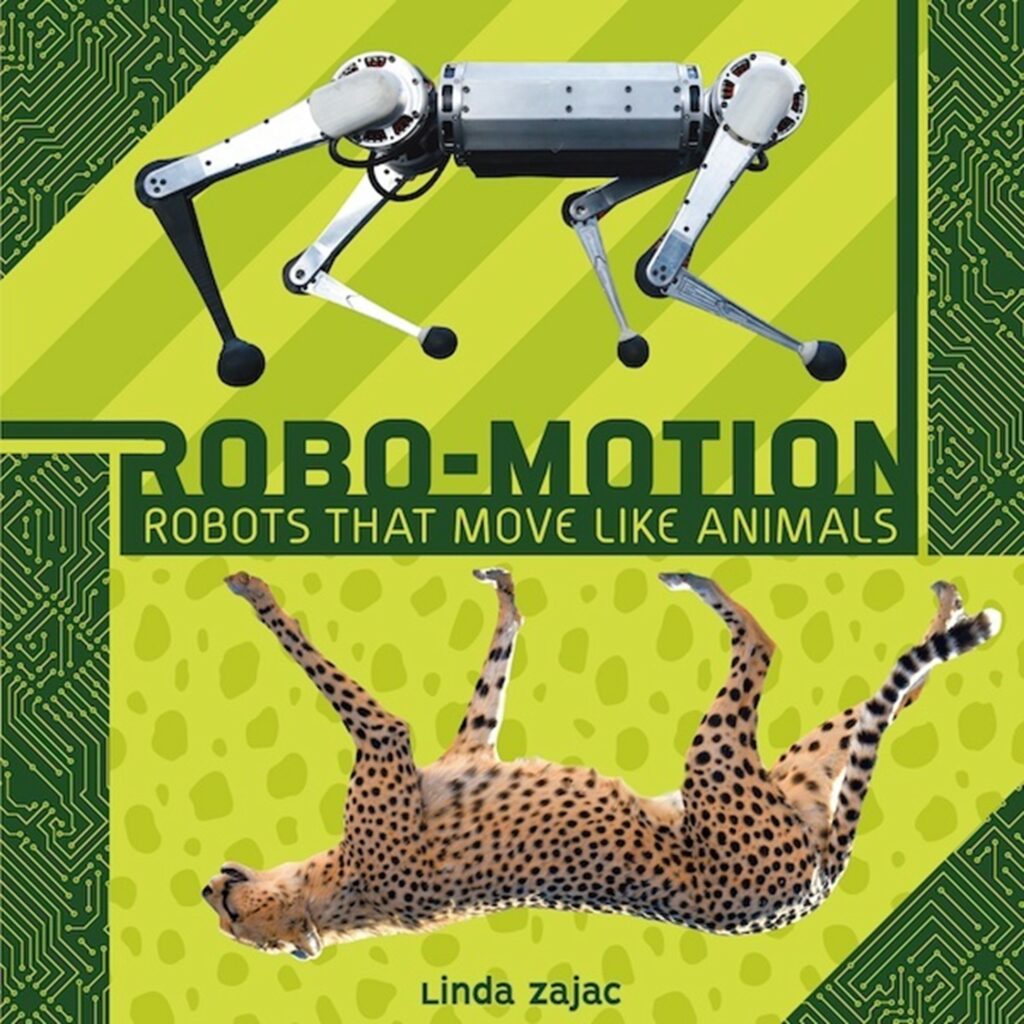

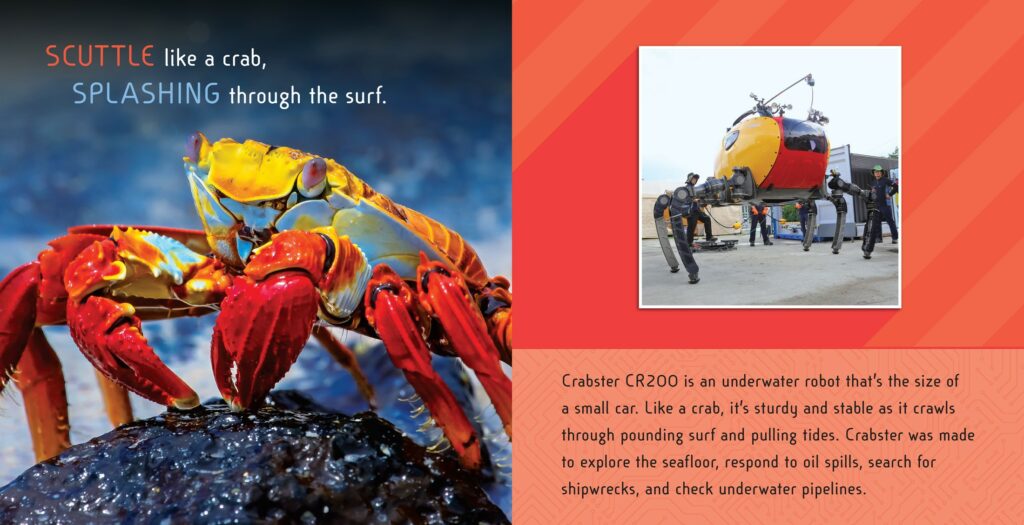


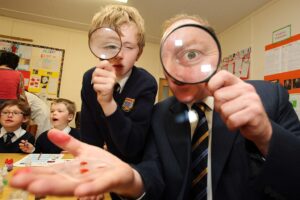


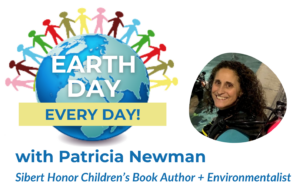
Leave a Reply
Your email is safe with me.